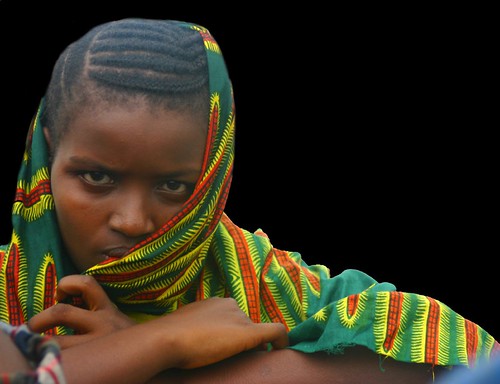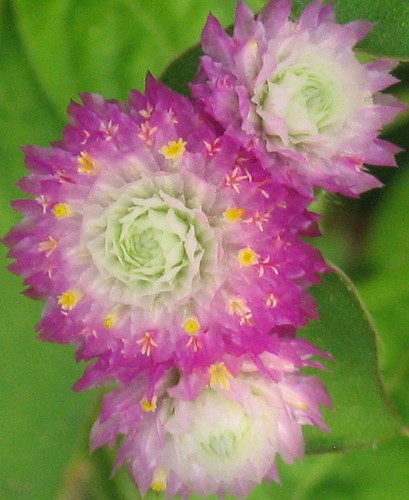 While reading Hawa’s story in chapter four of Ancestor Stones, I became quite angered by all of the different groups wrongly claiming ownership of the people in Sierra Leone—the Muslims from the North declaring that the natives belonged to Islam and to Allah; the Christians from the South declaring that they belonged to God; both of these insisting that they belonged to sin and needed Salvation; and the Queen’s representatives from England asserting with such casual conviction that they belonged to the Empire, whose cause it was their duty to defend.
While reading Hawa’s story in chapter four of Ancestor Stones, I became quite angered by all of the different groups wrongly claiming ownership of the people in Sierra Leone—the Muslims from the North declaring that the natives belonged to Islam and to Allah; the Christians from the South declaring that they belonged to God; both of these insisting that they belonged to sin and needed Salvation; and the Queen’s representatives from England asserting with such casual conviction that they belonged to the Empire, whose cause it was their duty to defend.Each of these groups denies the natives’ culture, uplifting its own purpose and holding its own beliefs unquestioningly and pre-decidedly superior. Each group intrudes with no tolerance for different opinions or allowance for resistance. As Mariama's character describes, the Muslims acerbically criticize native practices and promise painful deaths for anyone who is not a true Muslim. Haidera threatens to kill false Mohammedans himself. They ransack houses for carvings of idols, and no one dares to speak up in opposition. They bring in their ceremonies and build their mosques. The Christians bring their determination to convert. The English military brings its orders that each village has to nominate at least six men to fight in war for a cause that they know nothing about.
The first thing I thought was, “That is so unfair: they just waltz right in, see something they want—whether it be souls, labor, resources, whatever—and fix their sights on acquiring it without even taking a good look around.” Unfortunately for Africa, this is a disgustingly familiar scenario. Its history is defined by invasion, manipulation, and modification. It is shameful to me to recognize the wrongdoings people have committed, belittling their own species, demeaning themselves over selfish wants at the exploit of their brothers. People are not faceless little pegs to be moved around on game boards, and their homes are more than tiny plots on maps to be erased and re-drawn with whatever pictures seem prettier and less foreign. Their ways of life develop out of an earnest desire to create a happy, understanding, productive community, and to step into the middle of it as if it were old firewood and just crush it to splinters beneath your soles is nothing if not incredibly rude. Why do people feel the need to be so forceful in their actions? Why do they feel they have to steal and rape and kill to build a good community? Why is it so often more difficult for us to work together than to work against each other?
is a disgustingly familiar scenario. Its history is defined by invasion, manipulation, and modification. It is shameful to me to recognize the wrongdoings people have committed, belittling their own species, demeaning themselves over selfish wants at the exploit of their brothers. People are not faceless little pegs to be moved around on game boards, and their homes are more than tiny plots on maps to be erased and re-drawn with whatever pictures seem prettier and less foreign. Their ways of life develop out of an earnest desire to create a happy, understanding, productive community, and to step into the middle of it as if it were old firewood and just crush it to splinters beneath your soles is nothing if not incredibly rude. Why do people feel the need to be so forceful in their actions? Why do they feel they have to steal and rape and kill to build a good community? Why is it so often more difficult for us to work together than to work against each other?
To whom do we really belong? To each other? To our gods? To our government?...



No comments:
Post a Comment